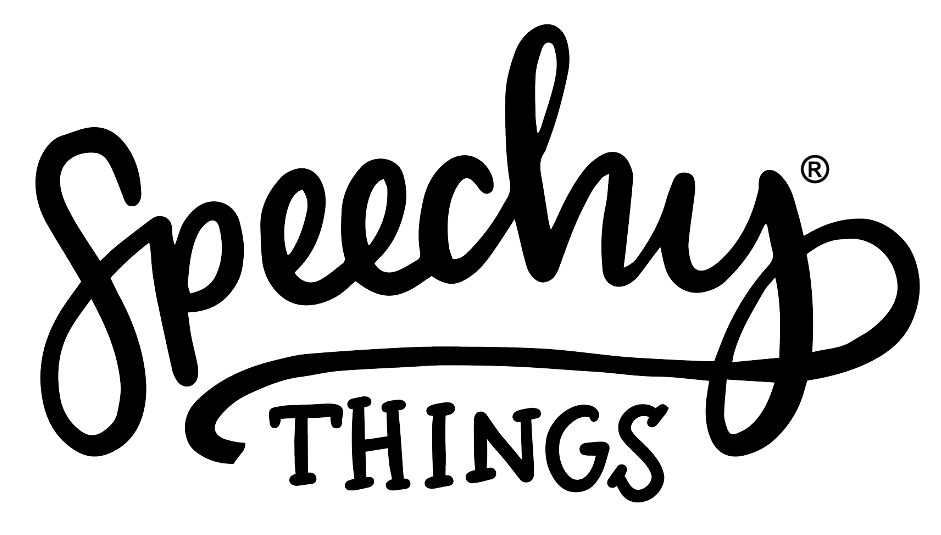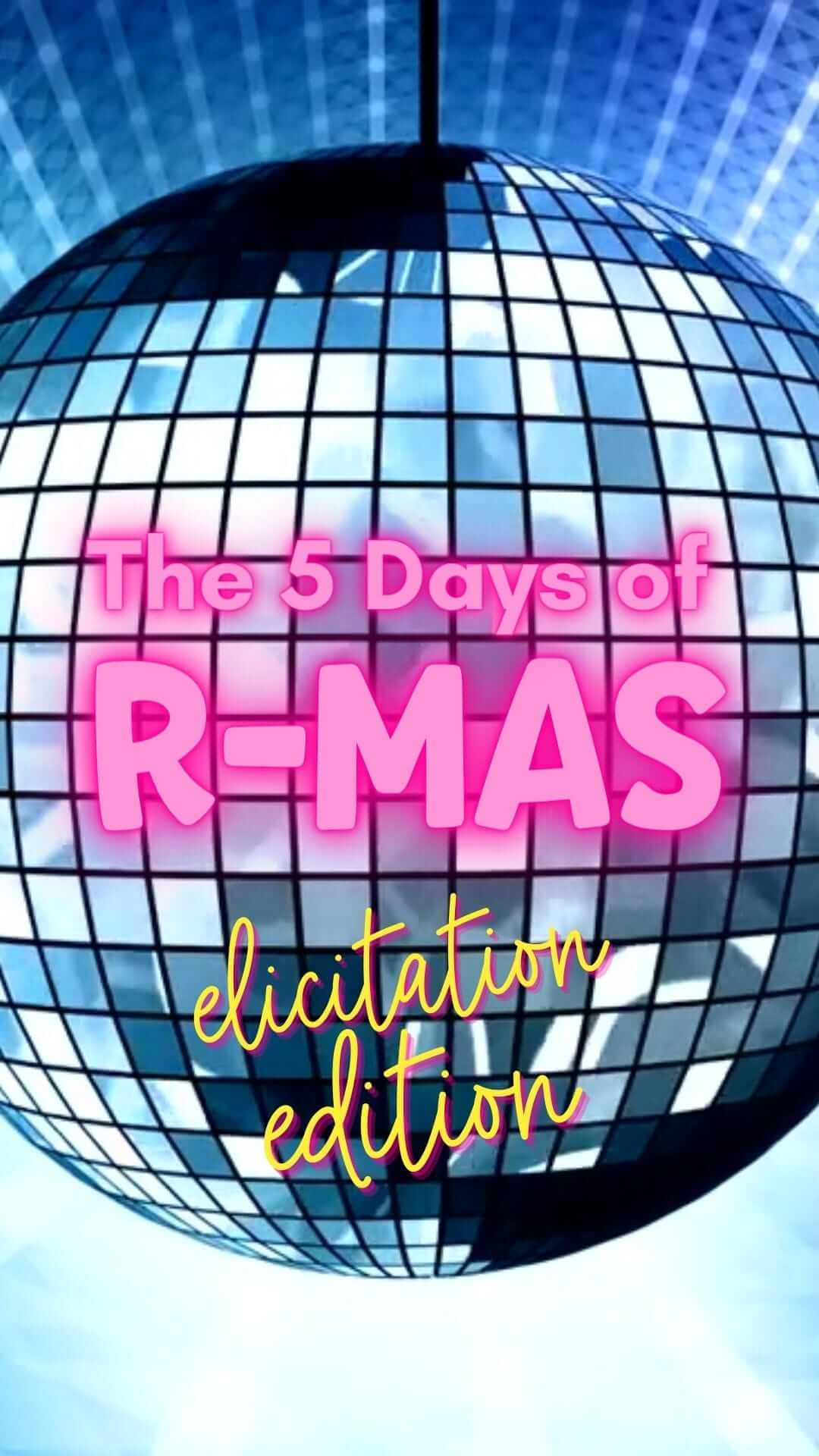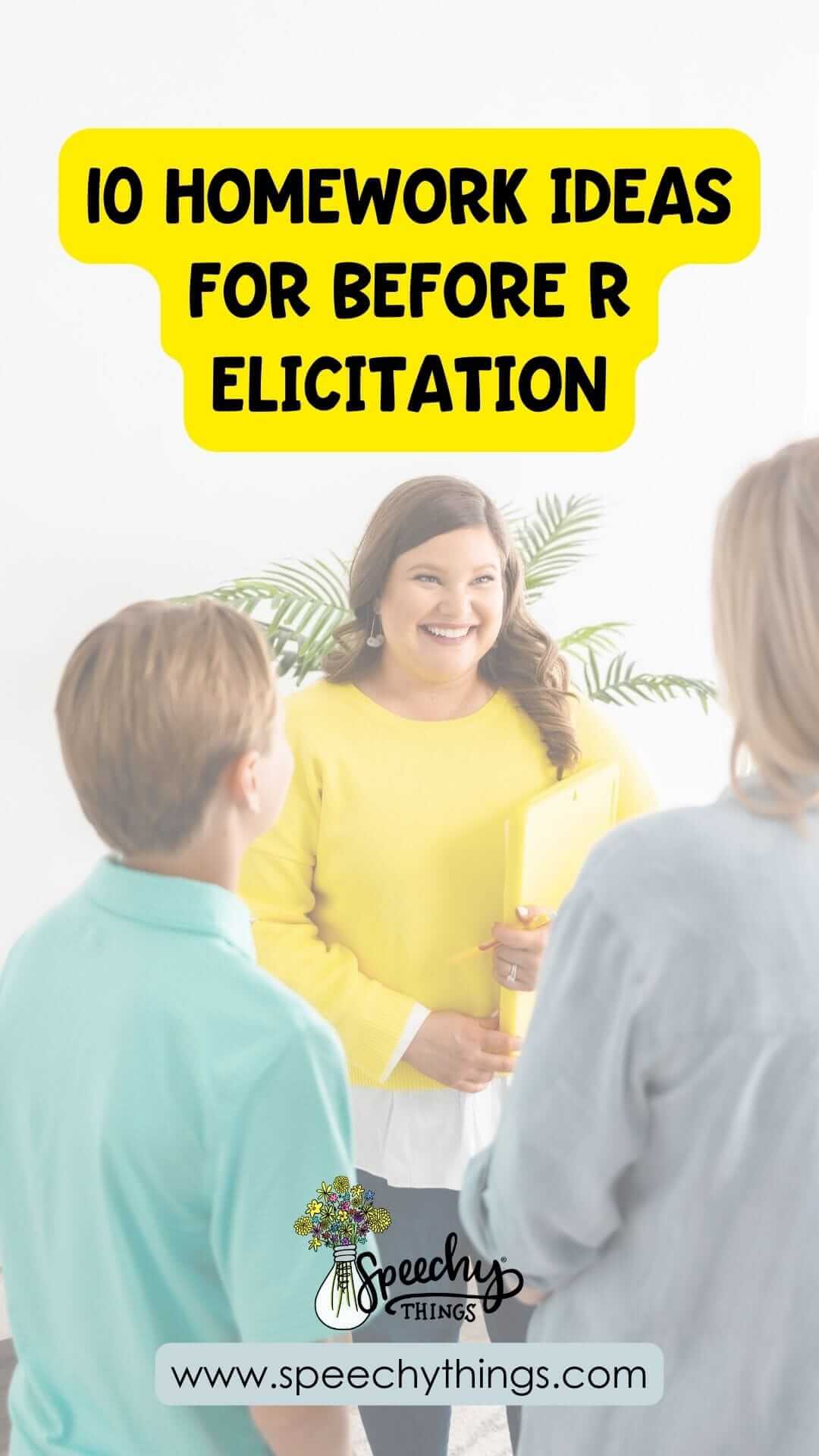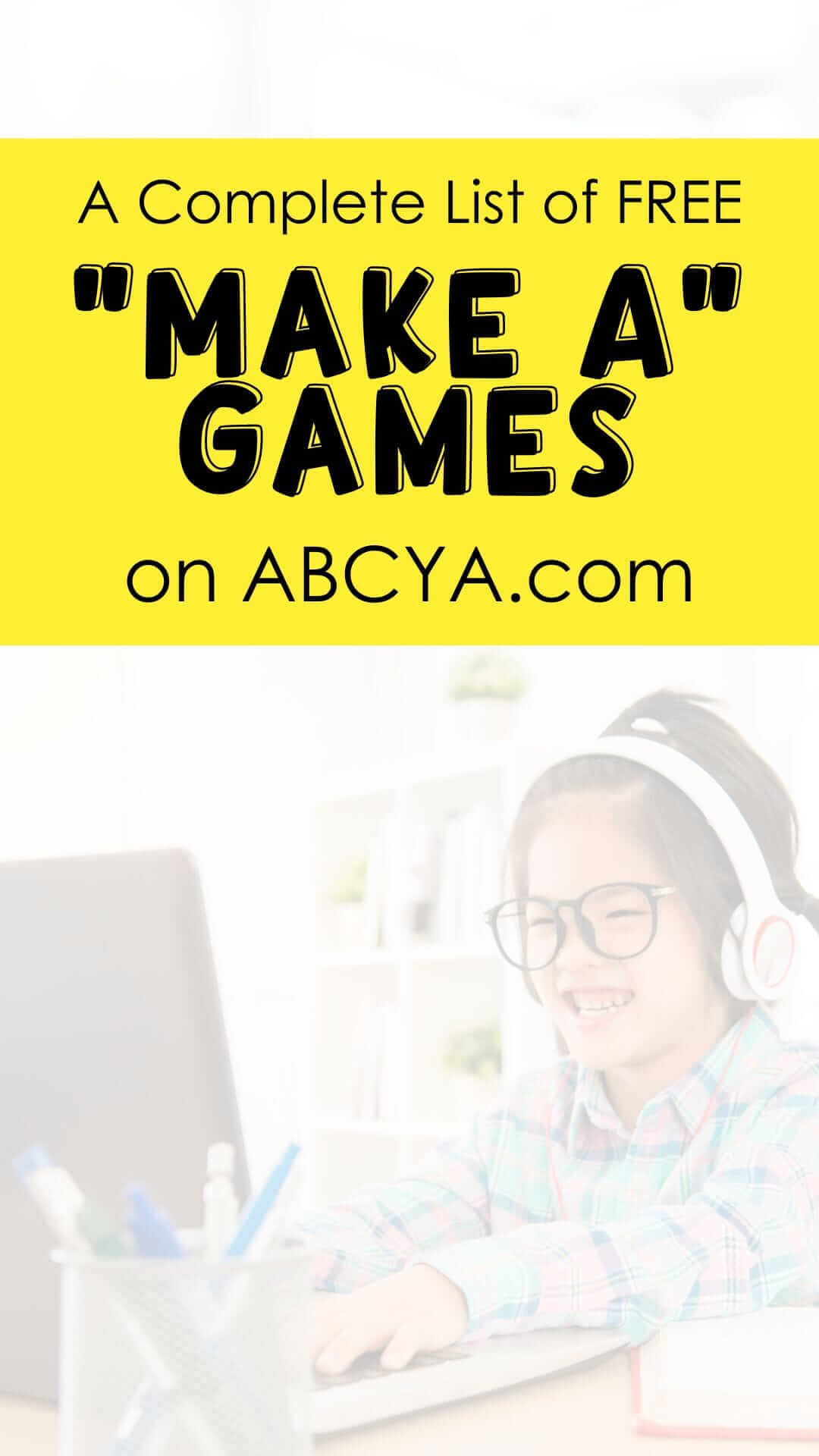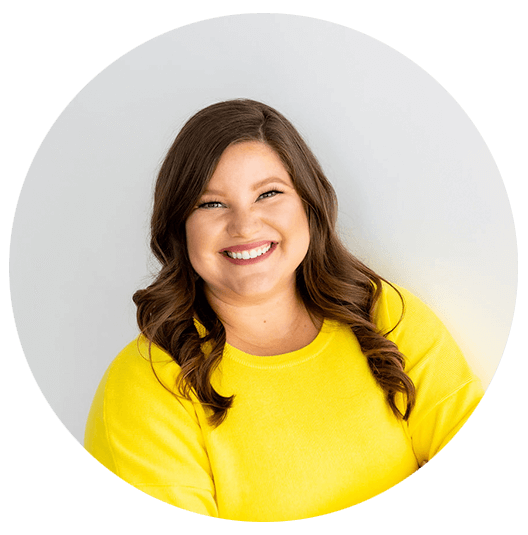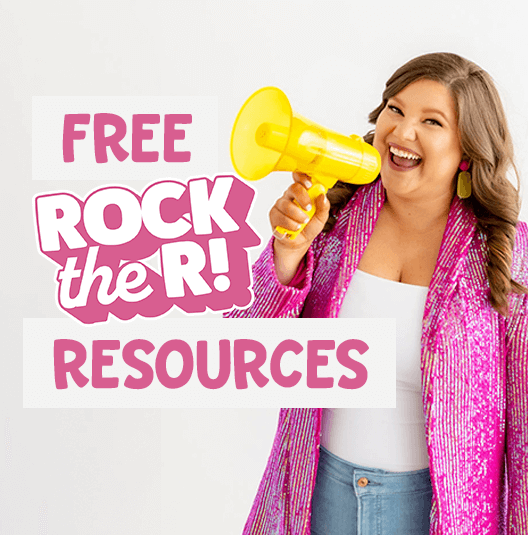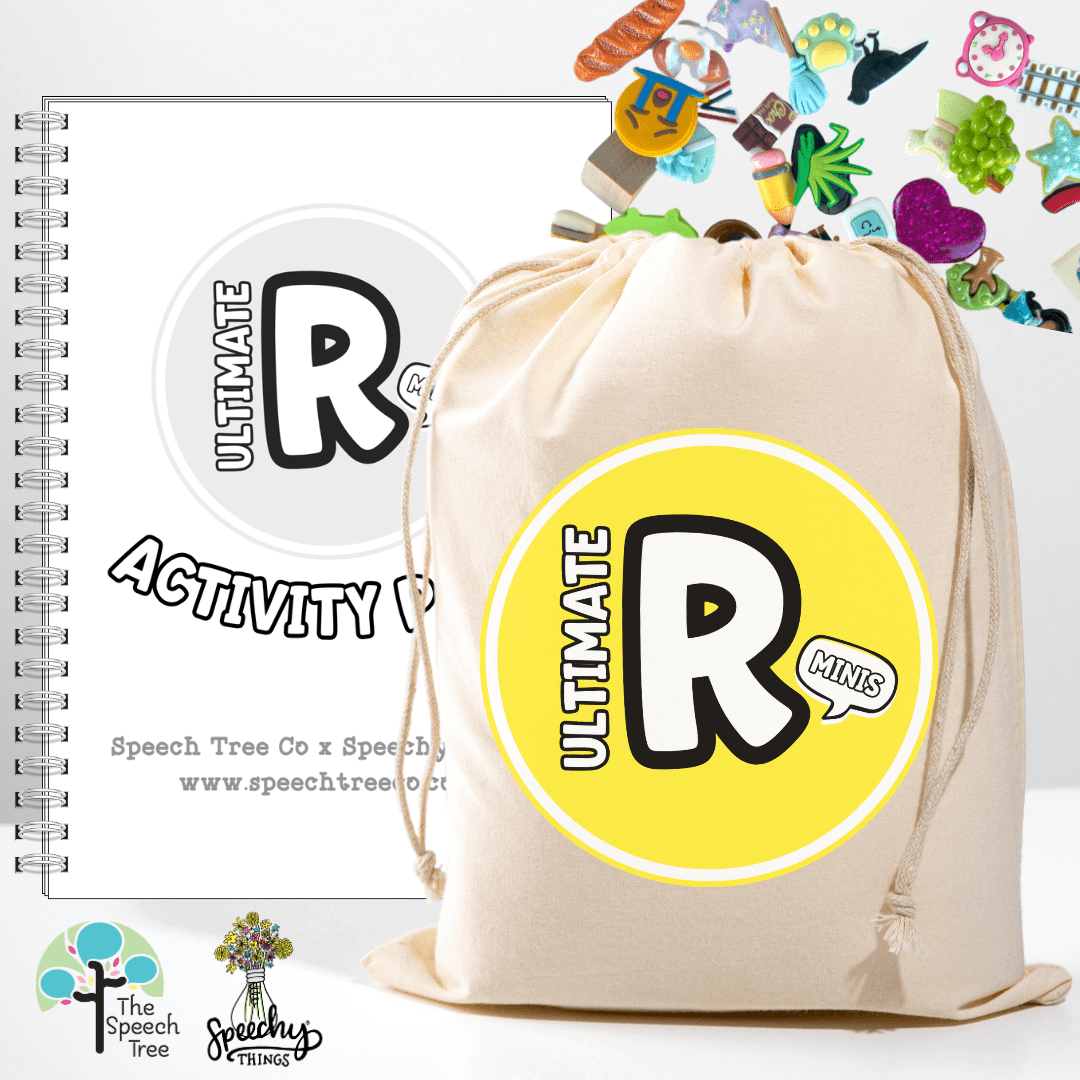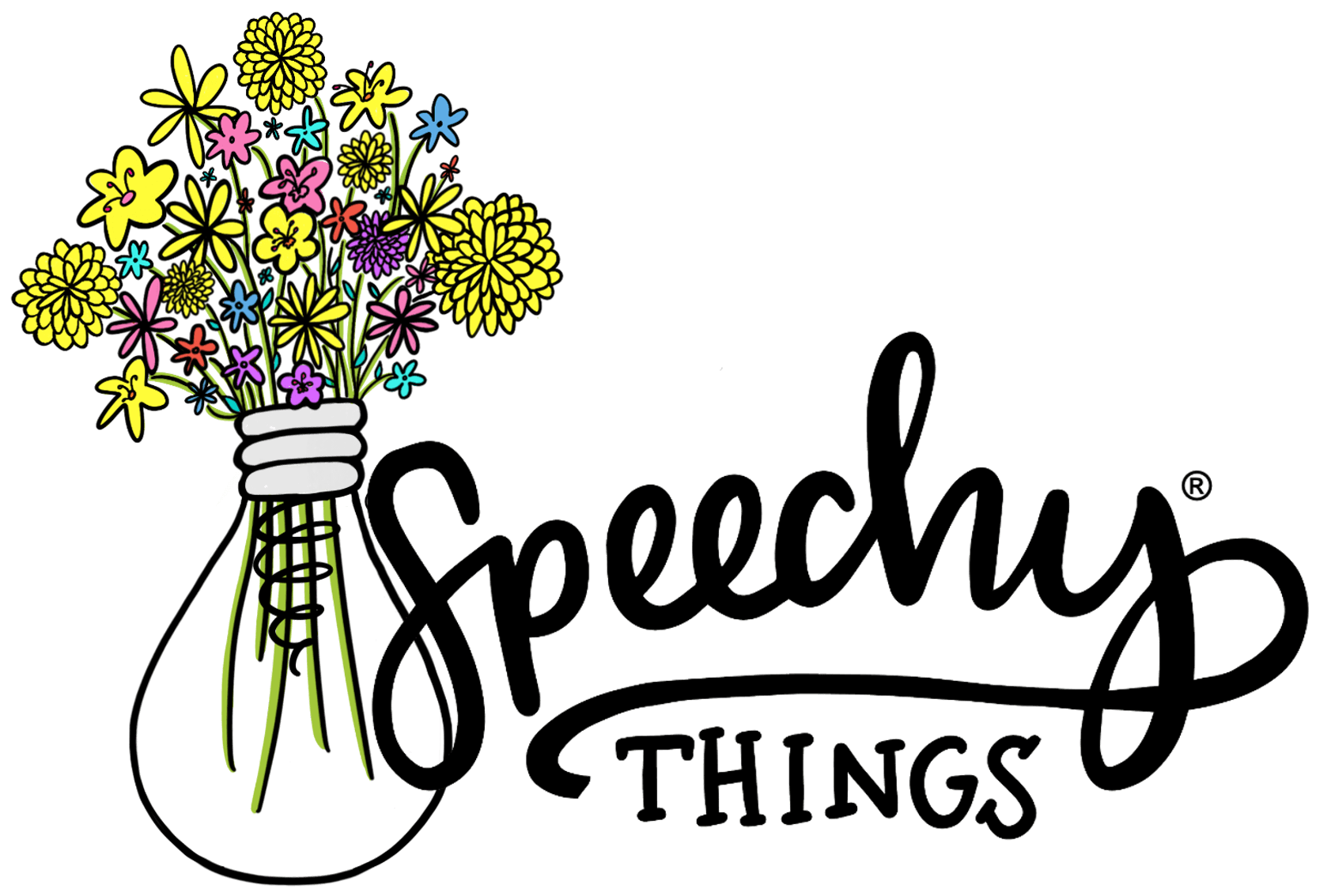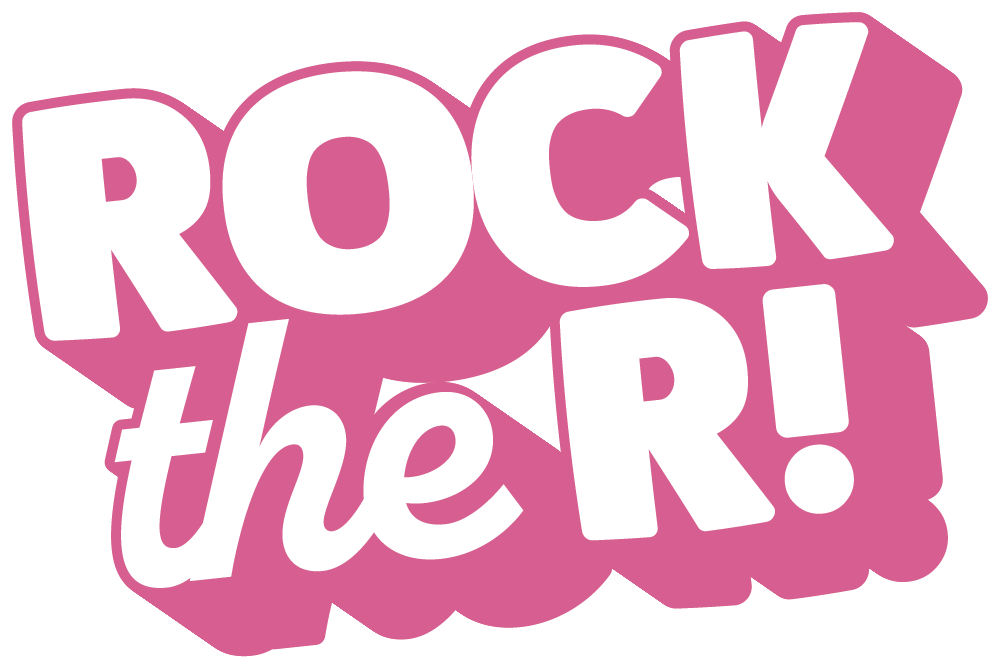Sometimes you just aren’t ready for what walks through that door. You can look over the case history, read their outside evaluation, talk to their teachers, and prepare your finest activities… but it may not always be enough.
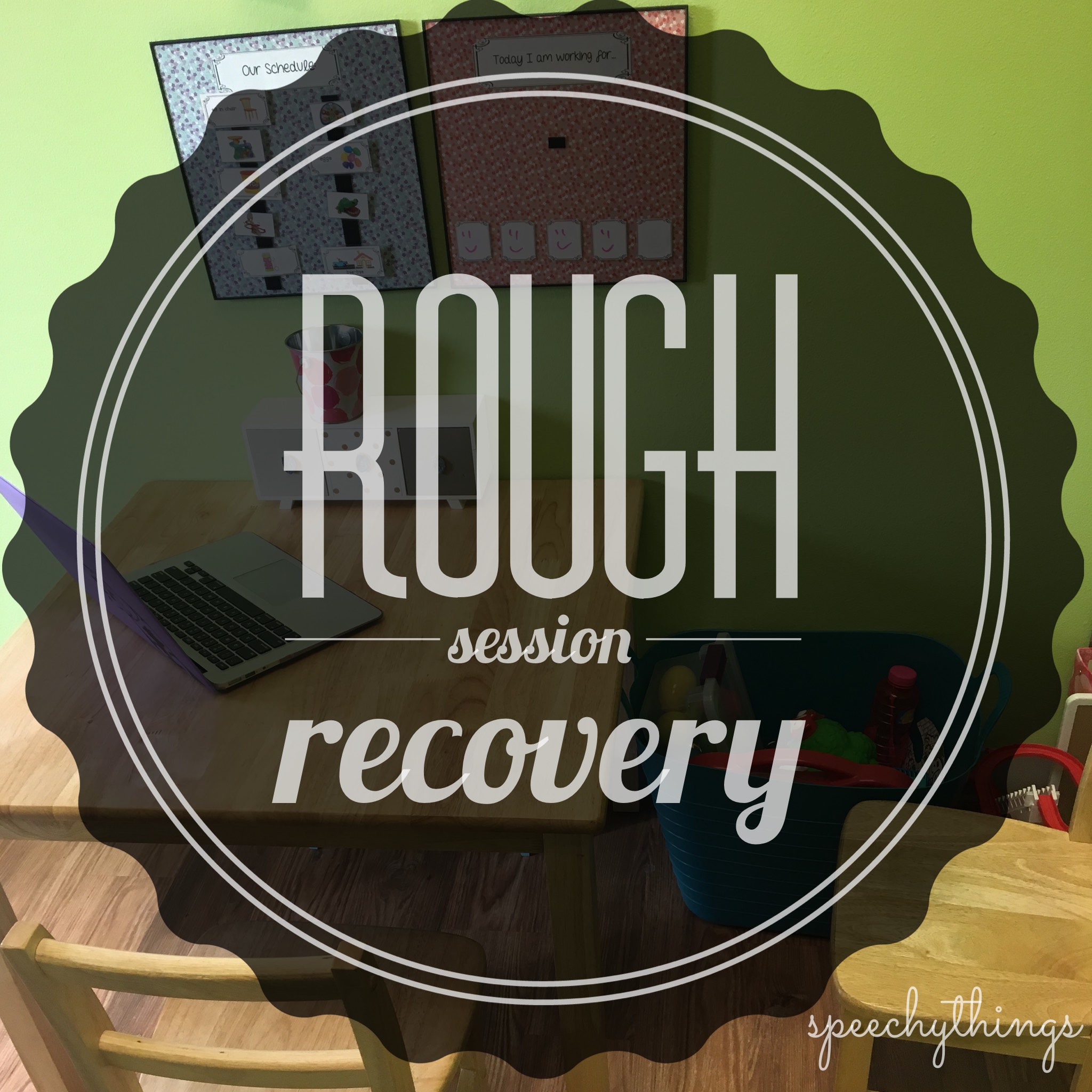
I started treating a new two-year-old recently. It seemed he would be your standard articulation and expressive language kiddo so I prepared a few of my favorite toys for some floor play. This sweet little one came in and could not focus on anything. He got frustrated with the slightest push from me. No problem! Here’s what I did to help get us on the right track:
.
1. Hide EVERYTHING.
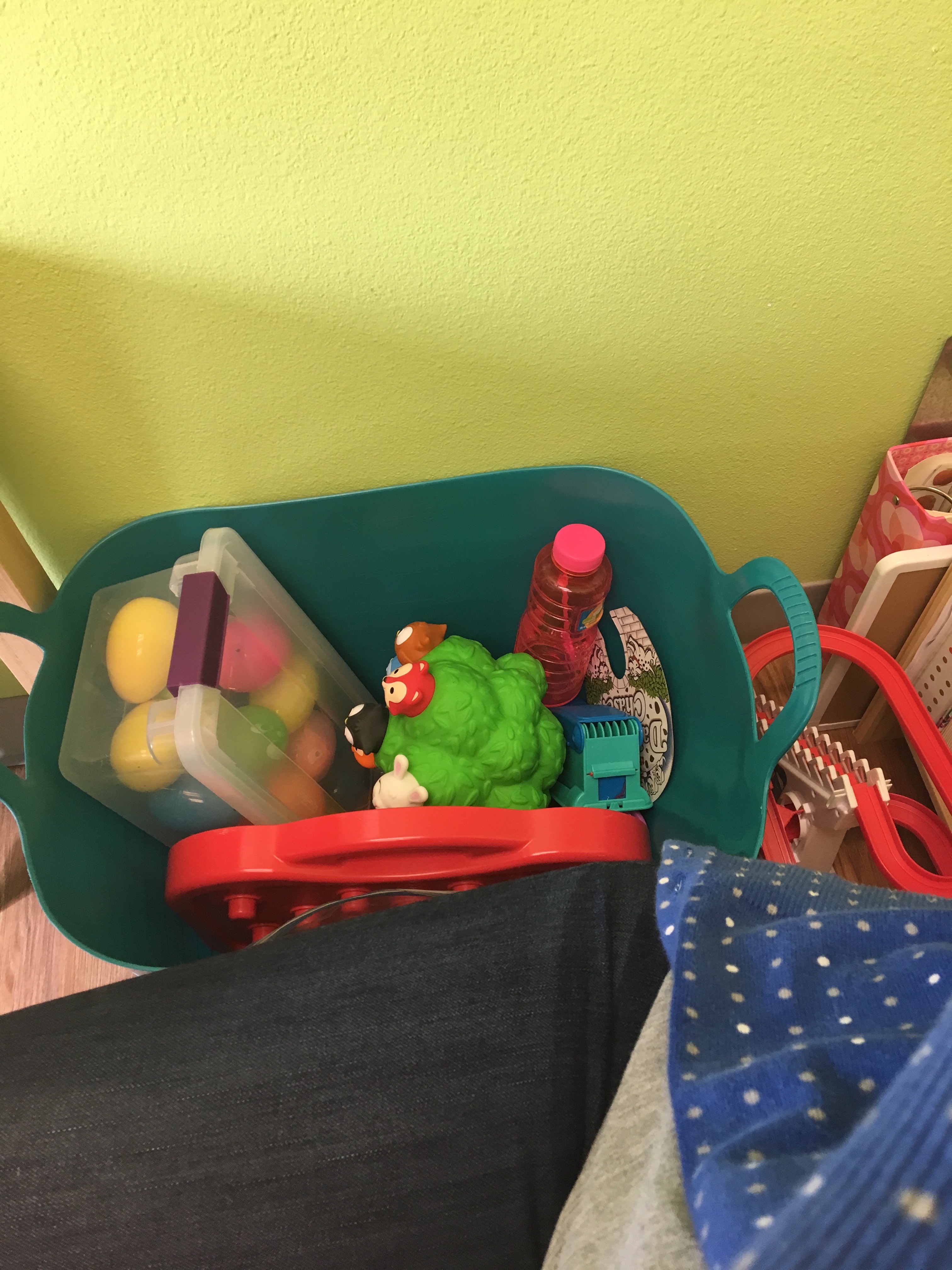
The easiest way to prevent behaviors and distractions is to remove them. I made sure my room was tidy and placed all of our toys and activities in a bucket between me and the wall. I even threw a sweater over the top so not only can my patient not reach what is inside, but he cannot see it. Out of sight, out of mind.
2. Keep It Movin’
Keeping all of our tools next to me allows me to keep the session moving FAST. Before the kid even knows what’s happening, we’re on to the next activity. Once a kid loses interest, it can be difficult to get them zoned back in. Sometimes I feel like an octopus doing some sort of magical choreography while working with tiny humans. Their attention is fleeting so we may need to work in double time to keep it.
Over time, I will slow our pace down a bit. I want to fully explore the possibilities with each activity but my priority at the beginning of therapy is to set a precedent while getting to know the child. First, I need to meet them where they’re at to teach them how to attend to a task.
.
3. Provide More Structure
My preference is to do a much more naturalistic approach to therapy. I like giving kids that freedom because I find they often take us directions I wouldn’t have thought of and that is invaluable. Other times…. that ain’t gonna happen.
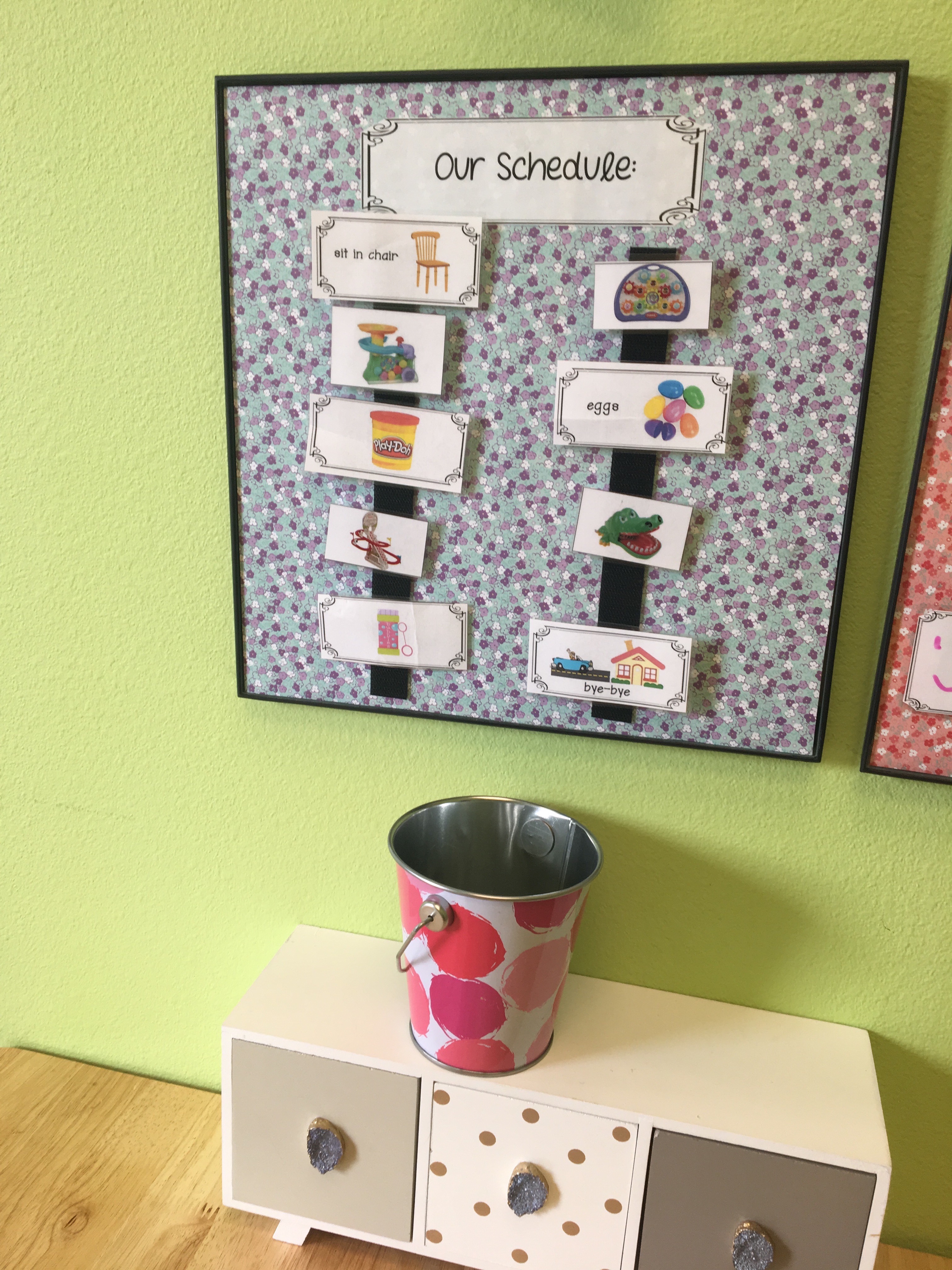
I started using a visual schedule with this particular patient so he knew what was coming and when it was over. As we finished a task, we put it in our “finished bucket” below with a simple “bye bye (name of toy).” I use this system with several of my younger kids and it has been excellent. I find a lot of them only need it for a short time before they are capable of taking the training wheels off and doing a speech session without visual aid.
.
4. Mix It Up! (but not too much)
I kept several of the same activities from our first session, while mixing in a few new toys. I wanted my patient to have the comfort of familiarity, and the benefit of building a structured routine, without getting in a rut.
.
5. Have Backups For Your Backups
For this young kiddo- I tried to prepare more activities than I thought we would need. I do my best to live and die by the visual schedule. What is there is what we do- and in that order. Of course no one is perfect. This doesn’t always happen. And if amazing things are happening with the playdoh… then we may just hover there for a while longer than expected.
In general, however, kids can go through stuff FAST- especially when it’s a new toy or activity they’re unfamiliar with. If they don’t know how to play with it, they will lose interest. Do your best to keep them engaged for at least one more quick turn once they’re ready to move on. This will help you build a routine for future sessions, teach the child sustained attention, and make sure you’re not flying through your activities too quickly. But again, have extras.
And there you have it. A fool proof way to have a perfect session for any child.
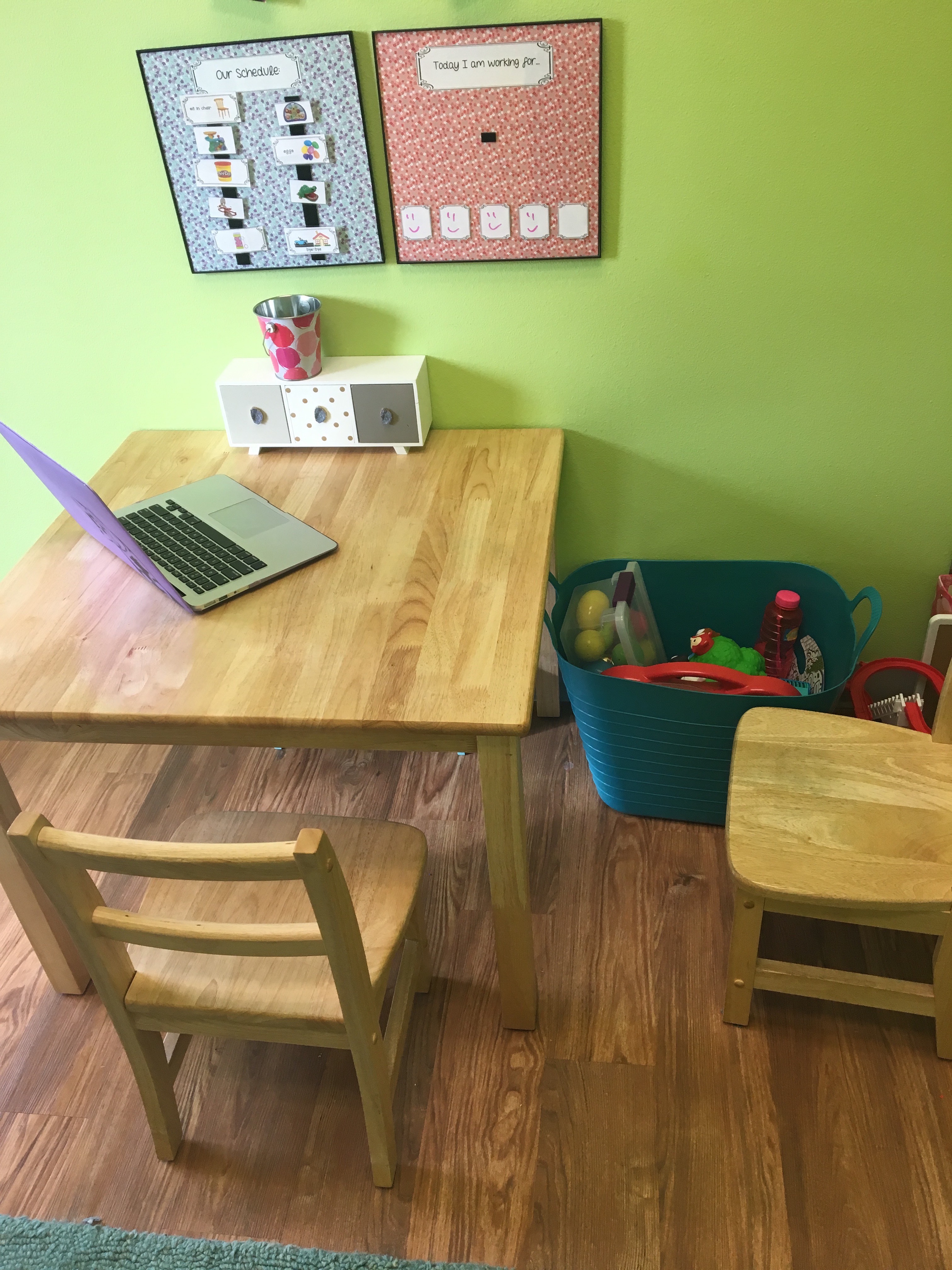
.
KIDDING! Every kid is different. Every session is different. We must constantly modify our therapy for age, ability, diagnosis, goals, missed naps, and so on. No problem! We’re professionals. 😉
Some kids may do better with more choices. Perhaps you set out a visual menu of sorts but they get to select them in the order they want. Some kids may not be able to handle sitting at the table. No problem! Try a different chair. See if sitting on the floor works.
It’s our job to adapt to our friends’ needs- and adapt we shall! While we need to do what we can to set our kids up for success, we also need to teach them what is expected- particularly our little friends who have never been in a classroom setting before.
Do you want more therapy ideas? Be sure to come say hi on Instagram sometime! Or, better yet, get access to my freebie library as a VIP!
You’ve got this!






